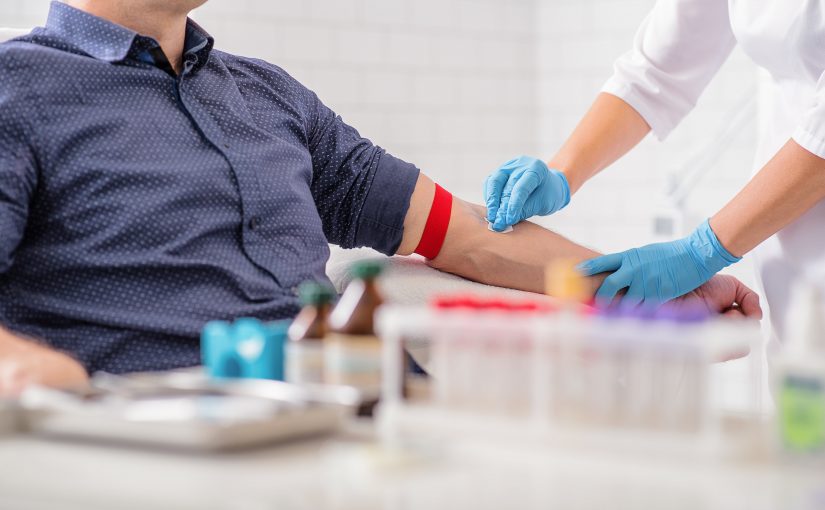Since 1980, two concerning health conditions have climbed significantly: obesity and type 2 diabetes. The figures on diabetes are particularly alarming: the number of people living with the condition has grown five-fold in that period.
In Australia, 1.2 million people currently live with diabetes with a further 500,000 assumed to have undiagnosed diabetes.
Associate Professor Ken Sikaris, a practising Chemical Pathologist who lectures at Melbourne University, understands the magnitude of the diabetes health problem:
“People often think diabetes only affects blood sugar and energy levels, but the knock-on health effects are profound. Heart attacks, kidney disease, eye disease, amputations, are just some of the health consequences.
“The problem is that people can live with diabetes for seven years without knowing it, during which time diabetes can be causing significant damage to their bodies.”
The global diabetes problem is significant.
India – a country that has historically battled the problem of malnourishment – is now in the throes of a significant and growing diabetes epidemic. According to The Lancet, in 1980 11.9 million Indians had diabetes, by 2014 it was 64.5 million. Four years later it sits at 74 million.
Similarly, China had 20.4 million people living with diabetes in 1980, growing to 102.9 million by 2014. But India and China represent only part of the problem.
Worldwide there are now 425 million people living with the condition a figure projected to reach 629 million by 2045.
An economic wrecking ball
Beside the significant health costs, diabetes is also wreaking significant damage to national health budgets.
In Australia, the direct cost of diabetes treatment is $1.7 billion, the indirect costs $14 billion. With the 2015-2016 total health budget being $170.4 billion, that’s a significant chunk – over 12% of the health budget to tackle the indirect costs of diabetes in Australia.
The story’s mirrored elsewhere. In India, the direct cost of treating diabetes was $73 billion AUD in 2014. In China it was $238.8 billion.
To put that into perspective, in 2015, global health expenditure on diabetes was $945 billion AUD, 12% of global health expenditure.
And it’s not just the direct and indirect costs that matter, it’s also the opportunity cost – what might have been spent in other areas of healthcare.
What’s the answer?
While exercise is good and important for overall health, the idea of balancing off poor dietary decisions by exercise is a formula that is clearly failing.
The nature of work in an increasingly digital and mechanised world is leading to more sedentary lifestyles. But even if work were still highly labour intensive, the amount of calories consumed in modern diets is too much to realistically burn off.
Education and public policy around the benefits of a healthy diet is of clear importance in tackling the problem.
What is also critical to combatting the growth of diabetes is pathology testing.
With large reservoirs of people living with undetected diabetes, early detection through testing is vital. If someone is found to have prediabetes, lifestyle changes can help halt the progression to diabetes and in some cases to reverse it.
Treating people with prediabetes is easier than treating someone with diabetes, and cheaper too.
Early detection of diabetes through the HbA1c test is key to better health outcomes and economic costs. The knock-on benefits are substantial, says A/Professor Sikaris:
“A 1% reduction in HbA1c (the key indicator of diabetes) can reduce kidney disease by 40%, heart attack by 16%, amputation by 21% and eye disease by 43%.
“And budget savings from early detection can be profound. The average cost of treating type 2 diabetes without complications is $4,025, while treating type 2 diabetes at a later stage, when there are micro and macrovascular complications, costs $9,645 on average.”
A 2016 report by the Centre for International Economics (CIE) on the economic value of pathology notes that diabetes rates are projected to rise to 3.5 million by 2033 – and that 68 per cent of adults with diabetes will die of heart disease or stroke.

